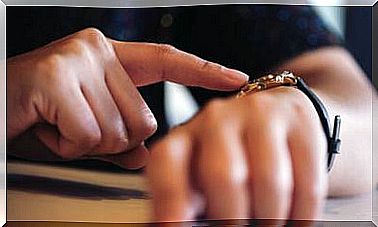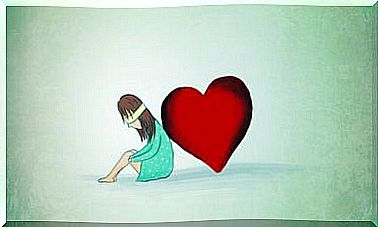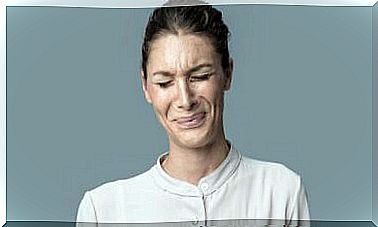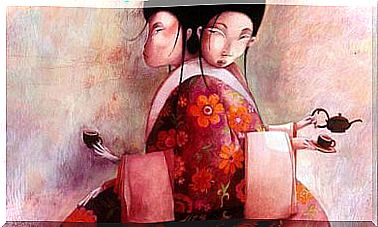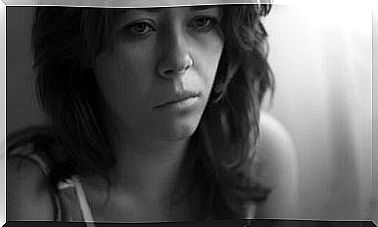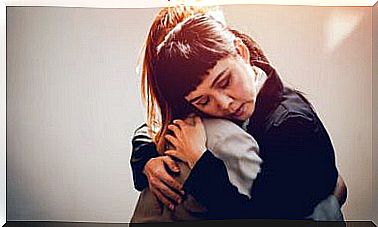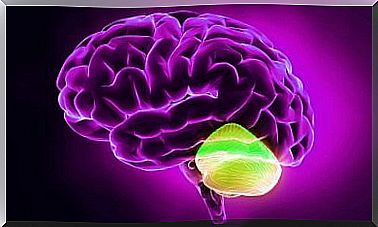Why Don’t Breathing Techniques Calm My Anxiety?

Breathing techniques are a method of teaching people to direct their attention to this physiological process. This group of techniques is often used in the context of psychological therapy or as the core of other areas, such as yoga or Pilates.
Additionally, breathing techniques are known as an anxiety relief tool. However, individuals with high levels of anxiety sustained over time may have the feeling that this type of method does not work for them. So what happens so that breathing techniques have no effect on some people?

Anxiety in human evolution
Millions of years ago, the human species fought for its survival in a very different way than it does now. The behaviors with which they tried to achieve this objective were hunting and gathering food, in addition to defending themselves against predators. In the latter case, when a predator approached, the mechanism of action that put the human being in a safe environment was the levels of anxiety and activation, which started and provided energy to the fight-flight system.
The activation of the fight-flight system leads to psychophysiological changes:
- Changes in the nervous system, increasing the response of the sympathetic nervous system.
- Increased noradrenergic response.
- Increase in cortisol, inhibiting the response of the immune system and inflammatory responses.
In short, with the activation of the fight-flight system, the individual had a better chance of not being harmed in the face of the threat of the predator. This system is still present in human beings, activating at times when security is at risk from external threats. .. despite the fact that the evolution of the environments has made it, on many occasions, useless. Are you going to run away or fight someone when you have to make an exhibition in public?
Changes in response to the activation of the fight / flight response in the current context
Today, we do not face predators in the jungle every day. However, current life sets these mechanisms in motion when everyday threats have been transformed (work, housing, economic, family, social problems, etc.), activating the fight-flight system.
Thus, the sensations generated by the activation are usually unpleasant. The fact that they are unpleasant means that in many cases the person tries, as a coping strategy, to avoid them.
Why are breathing techniques not always effective?
Breathing techniques have been empirically validated as one of the effective treatments for the control of the unpleasant symptoms of anxiety, in conjunction with other treatments within cognitive-behavioral therapy or the third generation. What’s more, if you Google “how to calm or reduce my anxiety” , the first few posts are full of breathing techniques.
There are occasions in which when it comes to the training of the breathing techniques, in the individuals in spite of getting some relief, their anxiety does not disappear completely. A feeling of shortness of breath also tends to occur when the rhythm of breathing changes, accentuating certain symptoms caused by anxiety.
What’s more, the association between breathing techniques and anxiety control can lead the person to practice them only in circumstances where there is anxiety. Thus, breathing techniques are associated with anxiety. Therefore, if they are only used when there is anxiety and it is not practiced in contexts where anxiety does not appear, the use of breathing techniques can favor the appearance of certain symptoms that the individual will associate with anxiety.
Thus, the danger of focusing anxiety states on breathing or breathing techniques is that the exercise itself is associated with the state of tension . On the other hand, the simplification and automation of the techniques would not take into account the objective that the individual himself knows his symptoms.

What to do when breathing techniques don’t work?
That breathing techniques do not work to calm anxiety creates a feeling of frustration. Humans often pretend to get rid of unpleasant symptoms by focusing attention on them, instead of paying attention to the world out there.
Breathing techniques can work like a ship’s anchor in the middle of a storm: they hold the ship where it is without being knocked over by waves. It is not an easy task, in fact, breathing techniques are effective if they are practiced constantly and not only in circumstances where anxiety appears. Techniques aimed at keeping in touch with the present moment can be an alternative way to complement breathing exercises.
Mindfulness tools help us stay in the present moment, allowing the mind to adopt the position of an outside observer seeking the solution to a problem. In this sense, we can play with attention in many ways:
- Focusing attention on the rhythm of the breath and the movement of the belly with each inspiration and expiration.
- Observing objects, colors … as if it were the first time they are seen.
- Putting a name, color, shape, texture, temperature … to the sensations that generate discomfort.
- Listening to music and paying full attention to the different musical instruments that are heard, to gradually integrate them
- Practicing mindful eating and paying attention to the physical and palatable sensations of food
- Etc.
In summary, associating breathing techniques as useful resources to control anxiety in a temporary way can result in them being associated with anxiety. The goal, in any case, would be to practice breathing techniques even at times when anxiety does not take place. These strategies can be combined with other exercises that allow greater contact with the present moment.

